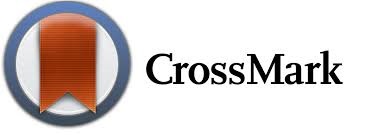The National Cancer Institute‘s PDQ® (Physician Data Query) cancer information summaries are “peer-reviewed, evidence-based summaries on topics including adult and pediatric cancer treatment, supportive and palliative care, screening, prevention, genetics, and complementary and alternative medicine.” Versions specifically customized for both patients and health professionals are freely-available for every topic and can be accessed via PubMed or via the NCBI Bookshelf.
The range of topics available is quite extensive, with the Treatment section even including a recently updated PDQ® on Financial Toxicity, a topic both patients and health professionals could benefit from knowing more about – for example, see:
PDQ Adult Treatment Editorial Board. Financial Toxicity (Financial Distress) and Cancer Treatment (PDQ®): Patient Version. 2019 Jul 3. PDQ Cancer Information Summaries [Internet]. Bethesda (MD): National Cancer Institute (US); 2002-. Available from http://www.ncbi.nlm.nih.gov/books/NBK441635/ PubMed PMID: 28682576.
To find out more about the development and impact of the PDQ® series, be sure to read this article:
Manrow RE, Beckwith M, Johnson LE. NCI’s Physician Data Query (PDQ®) cancer information summaries: history, editorial processes, influence, and reach. J Cancer Educ. 2014 Mar;29(1):198-205. doi: 10.1007/s13187-013-0536-3. PubMed PMID: 23996204.
Questions? Ask Us!
